Thamesmead…not just a clockwork orange…

Tibbalds
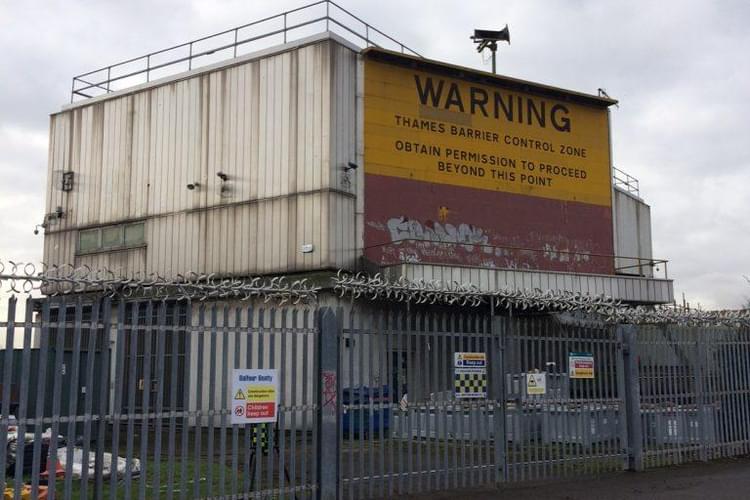
Thamesmead is synonymous with Stanley Kubrick’s, “A Clockwork Orange,” and is often the first thing people associate with the area. The cult classic paints a dark and dystopian picture of the area, but is this the reality? Tibbalds’ Engagement Manager, Claire Callow, aims to ditch her prejudices and look at the potential in Thamesmead to fulfil the original post-war vision.
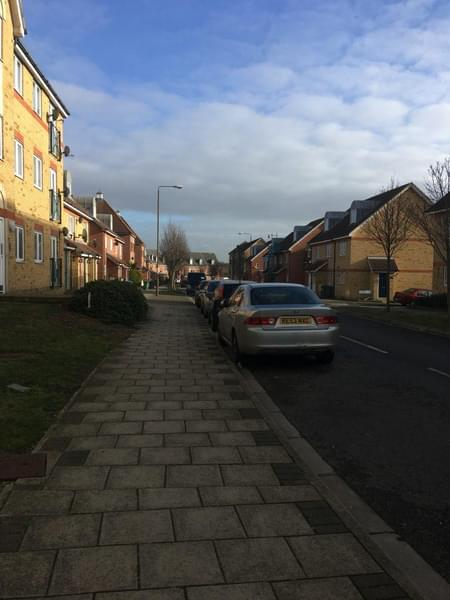
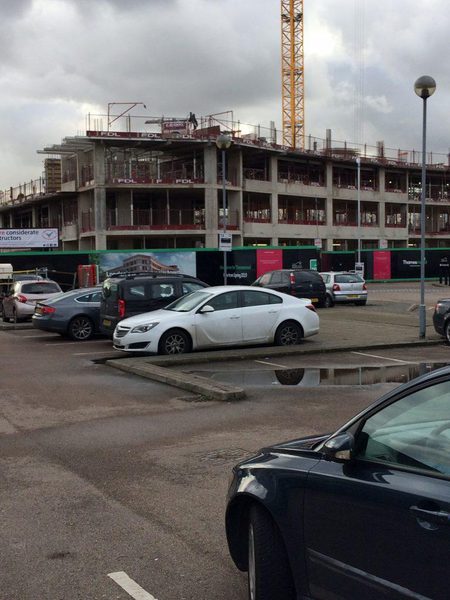
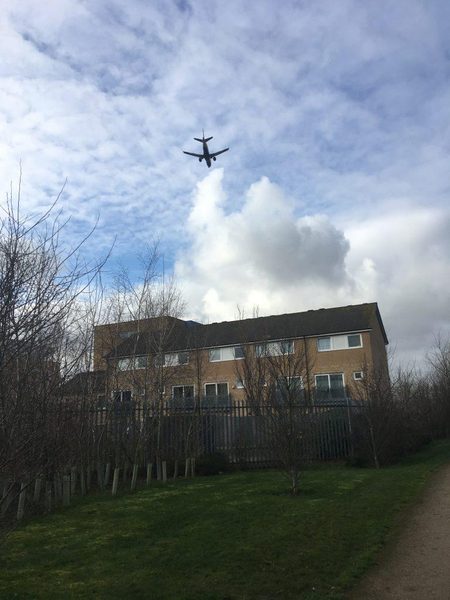
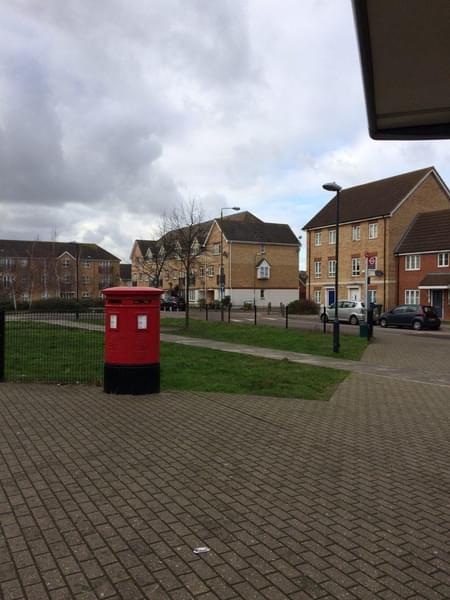
On a relatively chilly but dry late Winter day, I ventured to Thamesmead in the depths of south east London, on the boundaries of RB Greenwich and LB Bexley. Despite living in south east London for at least ten years now, and working for RB Greenwich, it wasn’t a place I had ever ventured before.
It was developed post-war and was an opportunity to address the housing shortage at the time. In 1966, the Greater London Council (GLC) approved a plan to develop 60,000 homes over 10-15 years with 65% of those homes being managed by the Council themselves. However, for a number of reasons, including site constraints, reduced funding and dwindling political support, the masterplan was never fully developed. In the mid 1980’s, the GLC was abolished and the ownership of Thamesmead transferred to Thamesmead Town Ltd. Then, in 2000, a new governance structure was put in place with Gallions acting as the social landlord, Trust Thamesmead responsible for the community development and regeneration and Tilfen Land responsible for managing the commercial and industrial property. In 2014, Peabody brought all of these together, meaning much of the housing, land and commercial interest was owned by a single organisation.
Thamesmead is part of the Greater London Authority’s (GLA) housing zones with development of thousands of homes anticipated over the next twenty years. The development sites are starting to come through slowly and it’s easy to imagine residents suffering from consultation fatigue and confused by the different sites and developers.
On arrival at Thamesmead, one of my first thoughts was that it doesn’t feel like London. It’s not well connected by rail or tube (though nearby Abbey Wood Station will be on Crossrail, and there is a planned extension of the DLR from Gallions Reach, as well as a bridge to connect the two sides of the river), but the buses are frequent and very busy. The journey through industrial estates and past HM Belmarsh seems like a barrier to reaching the town centre. On arrival there, I was surprised at the out of town shopping centre feel and that at midday on a Monday the car park was pretty full. This is clearly a well-used and important resource for the surrounding neighbourhoods and it will be interesting to see how this is approached during the planned growth.
Amongst Thamesmead’s assets is the number of lakes, nature reserves and the proximity to the Thames. Walking along the Thames Path, I was struck by the sheer amount of green space (and the marshy habitat could be awash with potentially protected species) on the Thamesmead side; in contrast, over the river, the northern side of the Thames, includes City Airport, industrial infrastructure and estates with the odd bit of new housing in the distance. The context will make the development of new homes on the river front a difficult task and the environmental assessments will be challenging. Amongst the open land is a metropolitan open land designation, protected land for nature, safeguarded land for the bridge crossing and protected historic structures. Whoever, wins the development of this site is in for a challenging development, but isn’t that what makes our jobs interesting?
It seems to me that development along the waterfront may be seen as an extension of the successful Woolwich Arsenal development to the west. Its relatively low-rise urban form may come to contrast with Thamesmead and RB Greenwich seem to have a preference for taller buildings on the riverside. Both the Local Plan and Thamesmead & Abbey Wood SPD identify Thamesmead Town Centre as an appropriate location for tall buildings, in addition to the area along the waterfront, which should be viewed as, ‘opportunity sites for landmark buildings’.
I was half aware of the development of Thamesmead as a past employee of RB Greenwich, but having visited the area, I will be watching with a closer eye, particularly looking at how any engagement fatigue is handled, but also looking at how the issues of working on reclaimed land, the complexities of the build alongside the lakes/canals and protected land are handled.
And, from our visit, it is fair to say that the association with ‘A Clockwork Orange’ couldn’t be further from the truth. I hope that the development doesn’t encounter the same issues it faced in the 1960’s, as this area has great potential to realise the vision from the early masterplan.
Claire was accompanied by Lizzie Bundred-Woodward; photos by Claire and Lizzie.
Related Updates
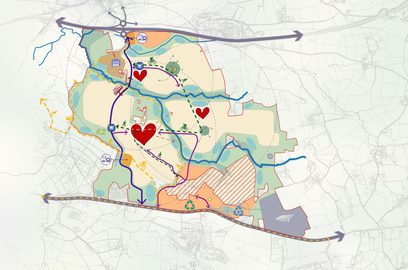
Marlcombe, East Devon selected as one of the New Towns

Tibbalds

Lizzie Le Mare attending LREF 2025

Tibbalds
Newham Council’s 50% affordable Carpenters Estate regeneration gets underway

Tibbalds
Stay In Touch
Sign up to our Newsletter
Subscribe to our newsletter to receive updates about making people friendly places.